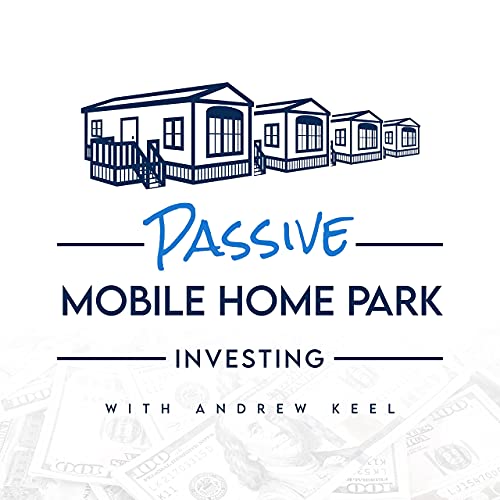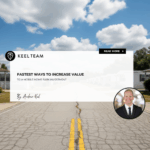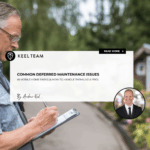Top Ways to Add Value to a Mobile Home Park Investment
-
 Tristan Hunter - Investor Relations
Tristan Hunter - Investor Relations
Mobile home parks are a diverse asset class, often offering stable cash-flows and good returns for investors – both on the active and passive front. A question that you might find yourself asking – well, how do you add value to a mobile home park? Mobile home parks, in my opinion, are a gold mine for value add investing because most of them are owned by mom & pop, whom generally don’t have the energy nor the skill, know-how and eagerness to maximize their investment. They have been sitting on a golden nugget of opportunity, ripe for the picking.
In this blog post, we will briefly discuss how a mobile home park is valued, as well as how one can potentially add value to their mobile home park investment through simple yet effective strategies. The best indication of added value is in the numbers, as we will be illustrating examples of how value-add looks in a typical mobile home park investment.
Let’s jump right in!
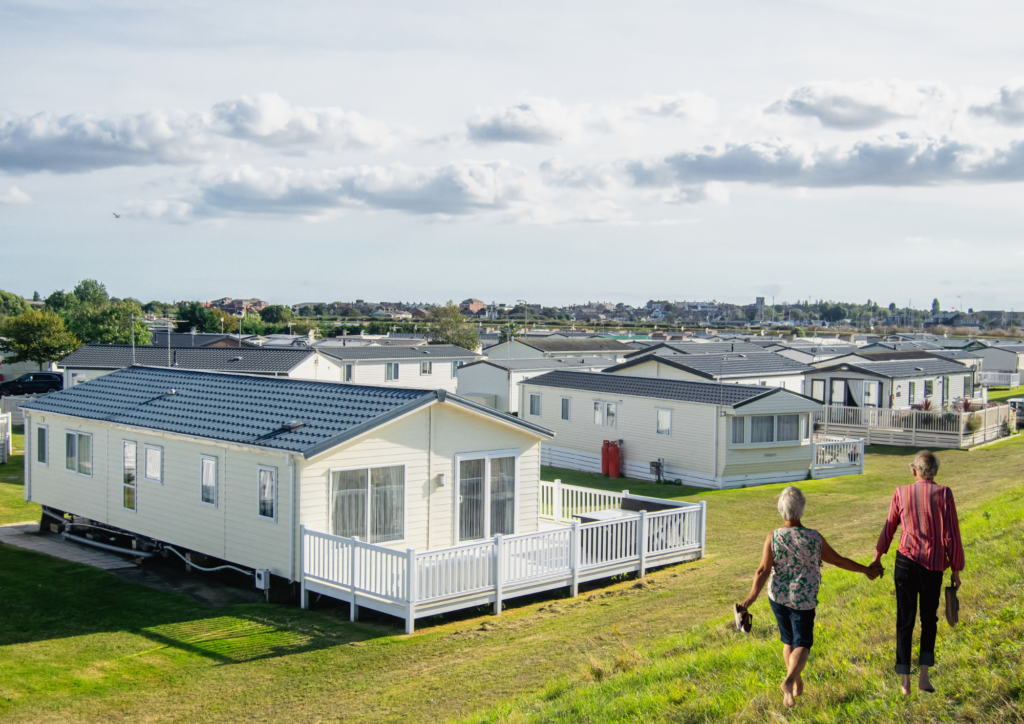
Introduction: The Value of a Mobile Home Park Investment
Mobile home parks are classified as commercial real estate. Commercial real estate is valued based on the income that it produces, and mobile home parks are no different. Two of the most important metrics when valuing a mobile home park are the Net Operating Income (NOI) and Capitalization Rate (Cap Rate).
Commercial asset values are typically determined by the NOI divided by an appropriate Cap Rate. While investors can’t directly influence the prevailing Cap rate for mobile home parks, they can maintain direct control over their asset’s NOI, by increasing operating income and reducing operating expenses. Given that NOI serves as the numerator in the value equation, maximizing it becomes pivotal in boosting a mobile home park’s value. The NOI itself is derived from income minus operating expenses, meaning that augmenting the income segment and/or curbing the expense section of NOI will ultimately elevate the asset’s worth.
An example of this is, let’s say you acquire a 50 lot mobile home park for a purchase price of $1,250,000, with an NOI of $75,000. This means that the assumed Cap Rate for this mobile home park is 6%.

Increasing Occupancy: Infilling a Mobile Home Park Investment
There are different ways in which you can increase the occupancy of a mobile home park. Some lots may be vacant and will need a used/new home, or they can be organically filled by a tenant that brings in their own home (very rare). There may also be park-owned homes that are vacant and are needing some work. These all create opportunities to add dollars to the NOI and ultimately increase the asset value.
At Keel Team, we have found from experience that this is one of the biggest components for adding value in a mobile home park investment. We typically target heavy value add projects with plenty of potential for infill because this is generally where most of the returns are maximized, as you will see in the subsequent examples that follow throughout this post.
Based on the example mentioned above, let’s look at the breakdown of how infill looks in the subject property, below:
We executed the infill of 26 homes in the subject mobile home park, each adding $350 in lot rent per month:
1. ) 26 homes x $350 x 12 months = $109,200
2.) $109,200 X 0.65(35% expenses) = $70,980 Additional NOI
3.) $79,280/6% Cap Rate = $1,183,000 in added value!
That’s just off one example! This is why we love Mobile Home Park Investing Math!
Raising the Lot Rent in a Mobile Home Park Investment
A lot of mobile home parks that are owned by mom and pop usually have their lot rent way below market. This leaves room for increasing the NOI by getting the lot rent to a more market-suited price. We have found that the important thing with this is to do smaller incremental increases rather than bigger hikes because the residents usually process it better.
With that said, let’s say, in addition to the above, we decide to also raise the lot rent by $50 across our mobile home park in year 1 – how does that look on paper?
Using the exact same principles indicated above, this is how it would translate to value on paper with an assumed occupancy of 100%:
1.) $50 x 50 lots x 12 months= $30,000
2.) $30,000 X 0.65 ( 35% expenses) = $19,500
3.) $19,500/6% Cap Rate = $325,000 in added value!

Billing Back Utilities and Sub-Metering a Mobile Home Park Investment
Depending on the initial investment required, implementing utility bill-back systems can significantly enhance a mobile home park’s value. Although many investors view this as a straightforward method to boost the mobile home park’s worth, it’s not without its complexities.
Submetering water requires upfront investment but enables precise billing for each lot’s water usage. With submeters, individual residents are accountable for any increased water costs resulting from leaks within their homes. With that being said, smart meters make it possible to automatically detect leaks, to reduce this expense for the residents. From experience, we have found that a sub-metered mobile home uses 30% less water consumption as residents are generally more conscious about their usage.
Using the same example mentioned above, let’s assume the utility bill for the mobile home park is $45,000 in year 1. Mom and Pop didn’t bill this expense back to the residents, leaving us with another golden opportunity for squeezing more value out of the asset.
The result? Billing back this utility expense to the residents adds roughly $487,500 to this mobile home park’s value, by using the exact same principles indicated above!
In the example shown throughout this post, we have already added nearly $2,000,000 to the mobile home park investment’s value and we are just getting started!
Utilizing Every Square Inch of a Mobile Home Park Investment
Mobile home parks typically possess fantastic and dynamic ways to add value. Renting out space to third parties for RV or boat storage, renting storage sheds to residents, adding vending machines, generating ancillary income through cell tower or billboard rentals – these are all additional and proven ways to add value to your mobile home park investment.
Remember, every inch of the property has the potential for adding dollars to your operating income and every dollar added to the NOI equals dollars in added asset value. Scale that up, across a multi-faceted system of value add strategies and you have the potential to maximize your returns with your mobile home park investment.
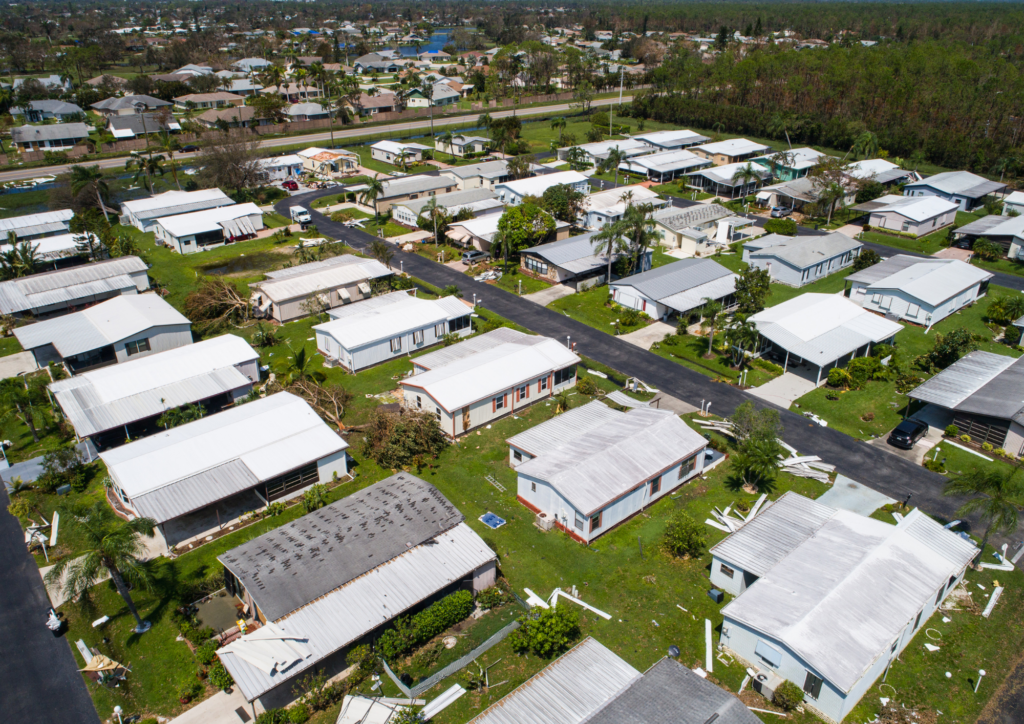
Conclusion
Mobile home parks clearly possess likely characteristics of being gold-mine opportunities for investors, with the potential of good returns and below average risk. In the above example, we added nearly $2,000,000 to the asset value through simple yet effective value add strategies, tried and tested by many long before us. Simple, isn’t it?
While it may seem easy on paper, mobile home park investing requires dedication, commitment, experience and know-how to squeeze every dollar out of each asset and maximize your returns at the same time. It’s vital that you conduct your own due diligence, consult with professionals and make informed investment decisions before purchasing a mobile home park investment. If that doesn’t suit your preferences, you have the option to invest in this specialized asset class as a passive, limited partner investor (LP) and collaborate with an experienced general partner (GP) responsible for executing the business plan on your behalf. All that would be required from you is to vet your deal sponsor, speak to investors that have invested with them, and pay close attention to their track record.
Happy Mobile Home Park Investing!
View real-life Case Studies here, as you can witness first-hand on how we turned these assets around!
Learn more about mobile home park investing.
Interested in learning more about mobile home park investing? Get in touch with us today to find out more.
Disclaimer
The information provided is for informational purposes only and should not be considered investment advice, nor a guarantee of any kind. There are no guarantees of profitability, and all investment decisions should be made based on individual research and consultation with registered financial and legal professionals. We are not registered financial or legal professionals and do not provide personalized investment recommendations.

Tristan Hunter - Investor Relations
View The Previous or Next Post
Subscribe Below 👇
